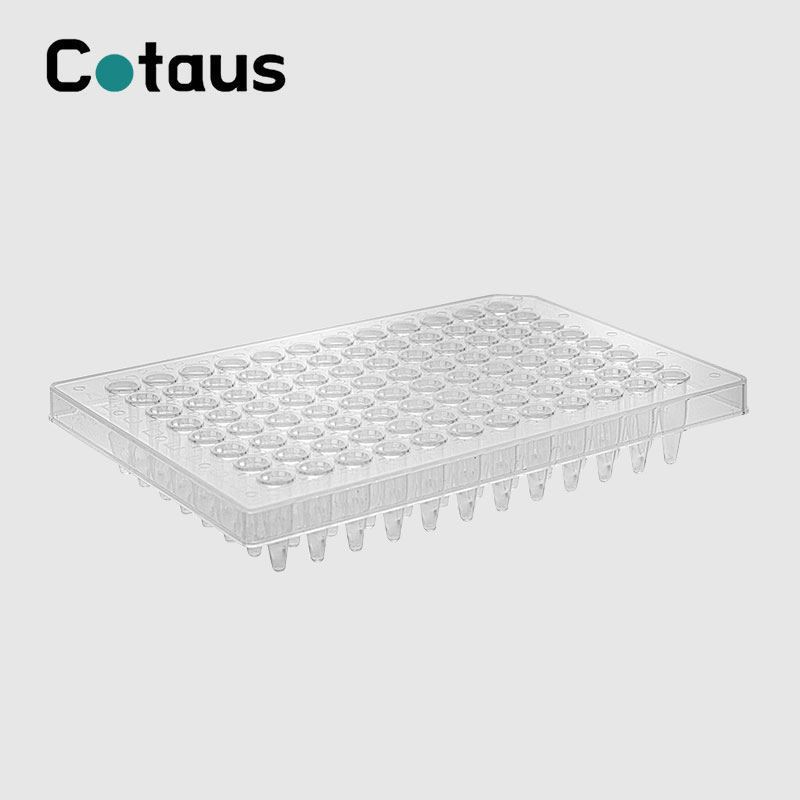Clear Vision: Exploring the Advantages of Transparent Half-Skirt PCR Plate Design
2024-03-22
In the realm of molecular biology research, precision and accuracy are paramount. Every aspect of the laboratory workflow, from sample preparation to data analysis, plays a critical role in ensuring reliable results. When it comes to PCR (Polymerase Chain Reaction), the design of PCR plates can significantly impact experimental outcomes. One design that has gained popularity in recent years is the transparent half-skirt PCR plate. In this blog, we'll delve into the advantages offered by the transparent half-skirt design in terms of sample visibility and manipulation.
Enhanced Sample Visibility:
One of the most significant advantages of transparent half-skirt PCR plates is the unparalleled sample visibility they offer. Unlike traditional PCR plates with opaque skirts, the transparent half-skirt design provides researchers with a clear view of the sample wells. This enhanced visibility allows researchers to easily monitor sample levels, confirm proper pipetting, and visually inspect reaction mixtures before and during PCR cycling. By eliminating the guesswork associated with opaque skirt designs, transparent half-skirt PCR plates empower researchers to make informed decisions and troubleshoot potential issues in real-time.
Real-Time Monitoring:
Transparent half-skirt PCR plates enable researchers to observe PCR reactions in real-time without the need for sample extraction or additional processing. The transparent skirt allows for direct visualization of fluorescence signals emitted during amplification, facilitating the monitoring of reaction kinetics and the detection of amplification curves. This real-time monitoring capability is particularly valuable in quantitative PCR (qPCR) applications, where precise measurement of target DNA concentration is essential. By providing researchers with immediate feedback on reaction progress, transparent half-skirt PCR plates streamline experimental workflows and accelerate data analysis.
Ease of Sample Manipulation:
The design of transparent half-skirt PCR plates enhances ease of sample manipulation, particularly when pipetting samples into individual wells. The reduced height of the skirt compared to traditional full-skirt PCR plates minimizes interference and allows for unobstructed access to sample wells. This feature is particularly advantageous when working with automated liquid handling systems or conducting high-throughput experiments, where speed and efficiency are paramount. Researchers can pipette samples with precision and confidence, reducing the risk of pipetting errors and improving overall experimental reproducibility.
Improved Accuracy and Reliability:
By providing clear visibility of sample wells and facilitating real-time monitoring, transparent half-skirt PCR plates contribute to improved experimental accuracy and reliability. Researchers can ensure proper sample loading, confirm uniform distribution of reaction mixtures, and detect potential anomalies or irregularities early in the PCR process. This proactive approach to quality control minimizes the risk of experimental errors and ensures consistent, reproducible results across replicate reactions. As a result, transparent half-skirt PCR plates are trusted by researchers for a wide range of molecular biology applications, from basic research to clinical diagnostics.
Conclusion:
Transparent half-skirt PCR plates offer a myriad of advantages in terms of sample visibility and manipulation, revolutionizing the way researchers approach PCR experiments. By providing unparalleled visibility, enabling real-time monitoring, and enhancing ease of sample manipulation, these innovative plates empower researchers to conduct experiments with precision, confidence, and efficiency. As molecular biology research continues to advance, transparent half-skirt PCR plates will undoubtedly remain a cornerstone of the laboratory toolkit, driving progress and innovation in the quest to unravel the mysteries of the biological world.



